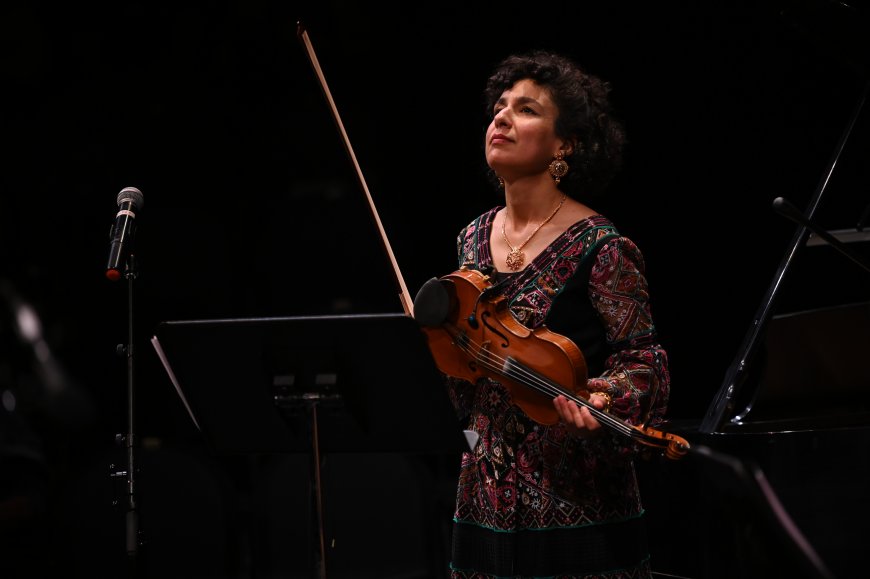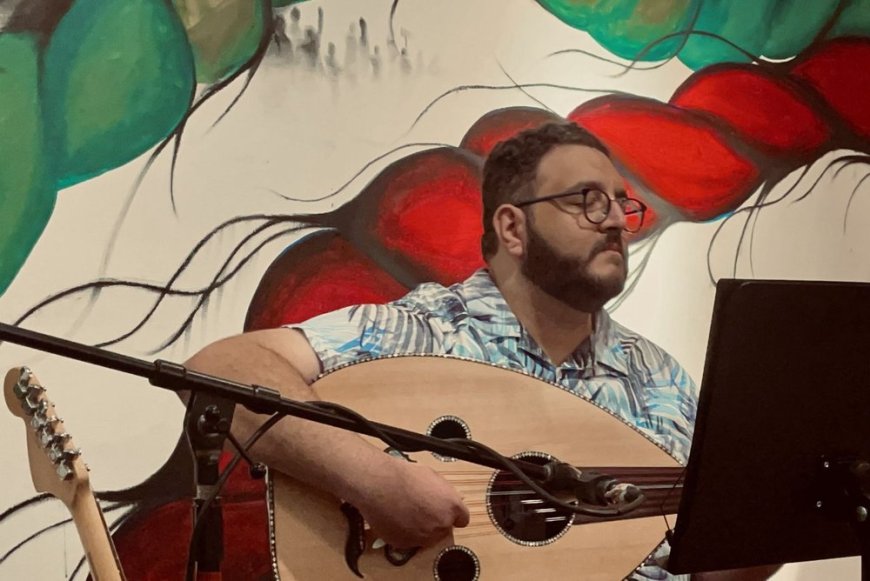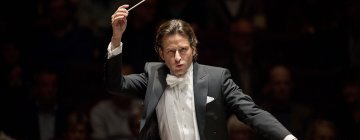
When violinist Basma Edrees decided in 2022 to put together a ensemble comprised of Egyptian players, she had more in mind than showcasing the music of her native country. She also had a mission — to preserve Egyptian musical heritage while simultaneously sharing it with the San Francisco Bay Area.
The name of the group, Music in-Takht, was inspired by the Arabic word “takht,” the term for a traditional ensemble of Middle Eastern musicians. Edrees and company will perform at San Francisco’s Community Music Center on May 4 as part of the San Francisco International Arts Festival. The enticing title of the show, “Nile Vibes: Ancient Roots, Modern Grooves,” reflects the diversity of the repertoire to be performed.
“You’ll be able to see the evolution of Egyptian music throughout the concert, from music that is very traditional to music that has the fusion [of Western classical elements such as] piano and harmony,” Edrees revealed by telephone from her home in Santa Clara. The violinist went on to explain that traditional Egyptian music is always comprises a combination of plucked instruments like qanun (Middle Eastern zither) and oud (Arabic lute), sustaining instruments like violin and ney (end-blown flute), and percussion like doumbek and riq.

For Music in-Takht, Edrees said she “went on a hunt” for the right players — people who would not treat this as “just another gig” — because she believed there was something much larger at stake. “This is their culture. They are representing their people, their traditions, so they need to take this responsibility very seriously.”
She recruited oud player Moe Elshazly and percussionist Mohamed Abdelradi, and with Edrees, they initially performed as a trio. But the ensemble has since grown to include bassist Amr Toppozada and a group of rotating members who join for certain performances. The organization has been presenting two to three concerts every spring.
Although it is more common for Middle Eastern ensembles to perform with a singer, Music in-Takht plays mostly instrumental music written by Egyptian composers.
It’s “more challenging than just responding to a singer,” Edrees explained. “If you have lyrics, you really know what the piece is about, so it’s an easy listening process [for the audience]. But if you don’t have lyrics, you really have to challenge yourself [as a musician] to express yourself fully just with sound, and that pushes the envelope, and the artists evolve.”
The daughter of an Egyptian diplomat, Edrees was born in Washington, D.C., but her family moved back to Egypt in her early childhood. At age 4, she began violin lessons at the Cairo Opera House. Moving often to other countries, she eventually wound up in New York, where she earned a bachelor’s degree from Mannes School of Music, followed by a master’s from The Juilliard School.
Currently on the staff of the music department at Santa Clara University, Edrees has performed as a soloist and as a member of many different symphony orchestras, as well as in Arabic ensembles. She’s also taught and given workshops in Arabic music at other prestigious universities.

The SF International Arts Festival runs April 30 – May 11 and includes dozens of concerts, plays, and activities. Edrees will also perform with vocalist Teresa Tam and bandoneón specialist Obadiah Díaz Wrynla in “Bach, Tango & Beyond” at the Red Poppy Art House on May 11.
Edrees became entranced by tango music a number of years ago while preparing for a concert commemorating Argentine tango composer Astor Piazzolla. She understands that there is a common link between the different musical traditions she inhabits.
“Tango is just this whole world of mesmerizing melodies, especially for violin,” she exclaimed. “It has some of the most beautiful, lyrical melodies that I’ve ever played in my life — it’s really violin heaven. You can use the techniques of classical music, but you really put your heart on your sleeve like you would do in Arabic music, so there is a similar sentiment,” she added. “It feels like a bridge between Western classical music and Arabic music.”

